Advancements in Wearable Technology
The brain computer-interface market is being propelled by advancements in wearable technology, which are enhancing the accessibility and functionality of brain-computer interfaces. Wearable devices equipped with brain-sensing capabilities are becoming increasingly sophisticated, allowing for seamless integration into daily life. The US market for wearable technology is projected to exceed $60 billion by 2025, with brain-computer interfaces playing a crucial role in this growth. These devices not only facilitate communication for individuals with disabilities but also offer applications in gaming, education, and wellness. As consumers become more health-conscious and technology-savvy, the demand for wearable brain-computer interfaces is expected to rise, thereby driving the brain computer-interface market. This trend highlights the potential for innovative applications that extend beyond traditional medical uses.
Integration of Artificial Intelligence
The brain computer-interface market is increasingly influenced by the integration of artificial intelligence (AI) technologies. AI enhances the functionality of brain-computer interfaces by enabling more accurate data interpretation and real-time feedback. This integration allows for improved user experiences and more effective applications in various fields, including healthcare, gaming, and education. The US AI market is projected to reach $190 billion by 2025, with a significant portion of this growth attributed to its applications in brain-computer interfaces. As AI continues to evolve, its synergy with brain-computer interfaces is likely to unlock new possibilities, driving innovation and expanding the market. The potential for AI-enhanced brain-computer interfaces to revolutionize user interaction is a compelling driver for the brain computer-interface market.
Increased Focus on Mental Health Solutions
The brain computer-interface market is witnessing an increased focus on mental health solutions, reflecting a broader societal recognition of mental health issues. With mental health disorders affecting millions in the US, there is a growing need for innovative therapeutic approaches. Brain computer-interface technologies offer potential solutions for conditions such as depression, anxiety, and PTSD by enabling real-time monitoring and intervention. The market for mental health applications utilizing brain computer-interfaces is expected to grow significantly, with estimates suggesting a valuation of over $1 billion by 2027. This trend indicates a shift towards integrating technology in mental health care, thereby driving the brain computer-interface market forward. As stakeholders in the healthcare sector prioritize mental health, the demand for effective brain computer-interface solutions is likely to increase.
Rising Investment in Research and Development
The brain computer-interface market is benefiting from a rising investment in research and development (R&D) initiatives. As academic institutions and private companies allocate more resources towards exploring the capabilities of brain-computer interfaces, the potential for groundbreaking applications expands. In the US, funding for neuroscience research has seen a substantial increase, with federal and private investments reaching over $1 billion annually. This influx of capital is fostering innovation and accelerating the development of new technologies within the brain computer-interface market. As R&D efforts yield promising results, the market is likely to witness an influx of novel products and applications, further stimulating growth. The emphasis on R&D is thus a critical driver for the brain computer-interface market.
Growing Demand for Neurorehabilitation Solutions
The brain computer-interface market is experiencing a notable surge in demand for neurorehabilitation solutions. This growth is largely driven by an increasing prevalence of neurological disorders, such as stroke and traumatic brain injuries, which necessitate innovative rehabilitation methods. In the US, the market for neurorehabilitation is projected to reach approximately $3 billion by 2026, indicating a compound annual growth rate (CAGR) of around 15%. As healthcare providers seek effective ways to enhance patient recovery, brain computer-interface technologies are becoming integral to rehabilitation programs. These interfaces facilitate direct communication between the brain and external devices, enabling patients to regain motor functions and improve their quality of life. Consequently, the rising demand for effective neurorehabilitation solutions is a significant driver for the brain computer-interface market.


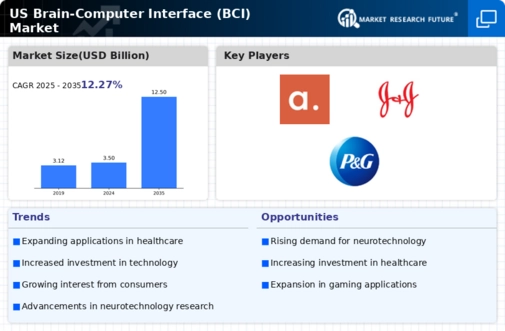


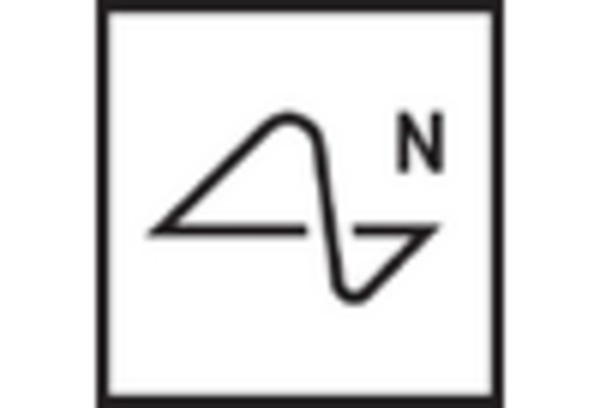
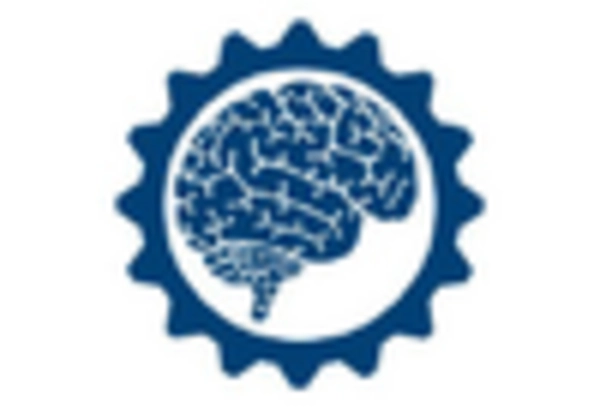
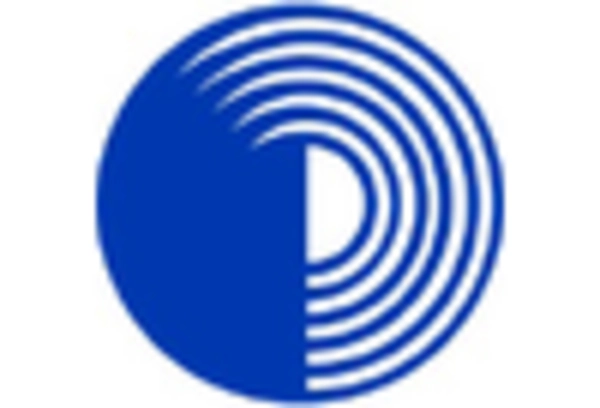
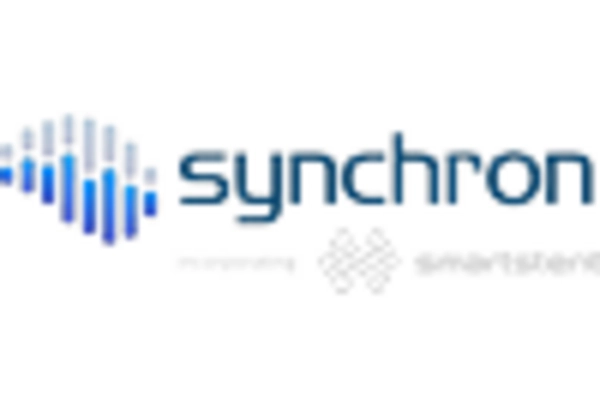








Leave a Comment